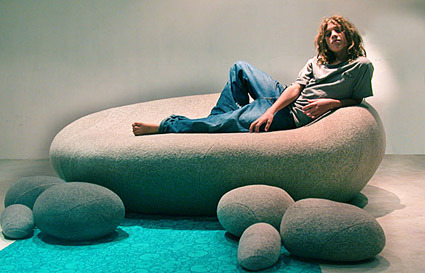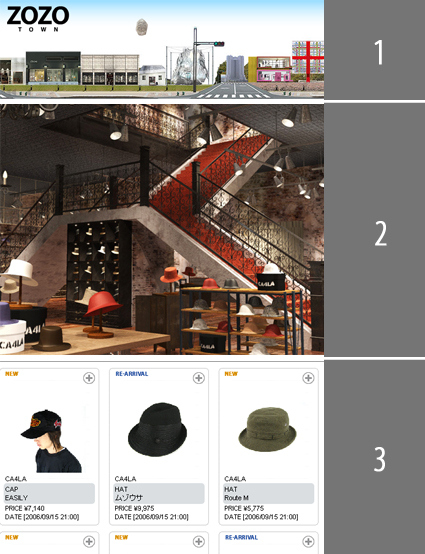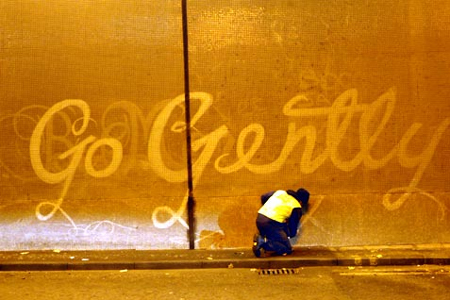I assume many of you would have been forwarded clips like the one above – where elaborate and yet delightfully simple motions and mechanisms are activated as a ball (or something else) rolls along etc. This clip, however, is the grandma of all – a compilation of the best mechanisms, and it’s deliciously 12:54 long!
It was only recently, however, that I learned that these machines are known as “Rube Goldberg Machines“.
A Rube Goldberg machine or device is any exceedingly complex apparatus that performs a very simple task in a very indirect and convoluted way. Rube devised such pataphysical devices. A Rube Goldberg machine usually has at least ten steps. The best examples of his machines have an anticipation factor: the fact that something so wacky is happening can only be topped by it happening in a suspenseful manner.
While the namesake goes to an American, I’d venture that the masters of these crafts are the Japanese. The classic Honda ad (where the car parts form a Rube Goldberg sequence) was a popular example, as it wow-ed and charmed many.
But for me, the “ピタゴラスイッ” (Pitagora Suitchi, Pythagorean Device) series from Japan beats Honda hands down in the variety and imagination in the mechanisms involved. Pitagora Suichi is actually a Japanese educational TV program aimed at kids. In between segments, a small clip of an Rube Goldberg device is shown (Heh, these clips are the best parts of the show! A typical show is like this.)
What a great way to keep the child’s attention, while expanding their imagination! I’m sure I’d be sitting through the whole program just to make sure I catch all the fantastic sequences.








